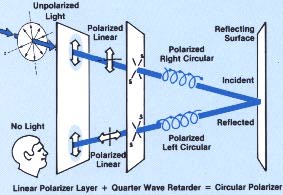spacediver
2[H]4U
- Joined
- Mar 14, 2013
- Messages
- 2,715
this is awesome, thanks!
and the 66% figure is a decent match to my attempt to measure the same thing, using a different method (flod's idea).
See this post
and the 66% figure is a decent match to my attempt to measure the same thing, using a different method (flod's idea).
See this post
![[H]ard|Forum](/styles/hardforum/xenforo/logo_dark.png)


